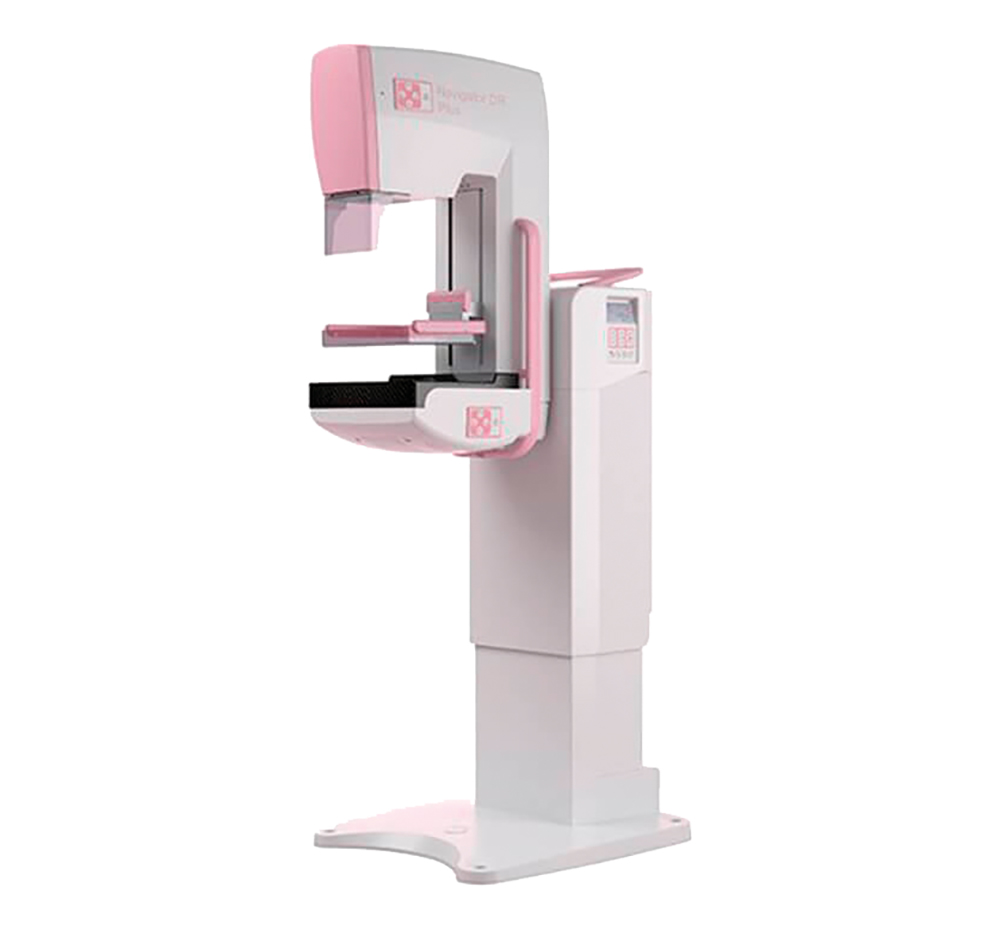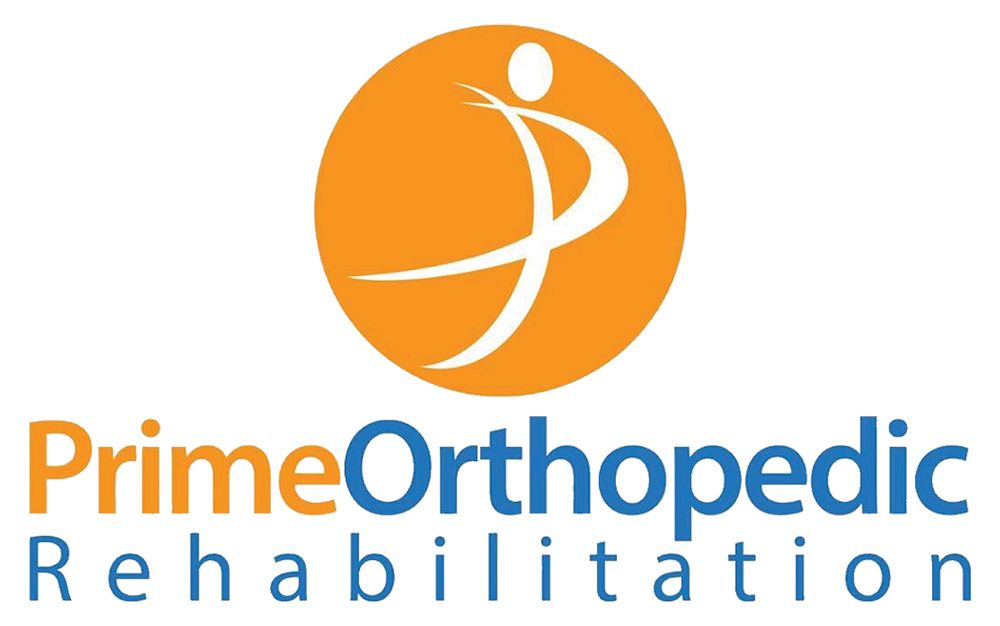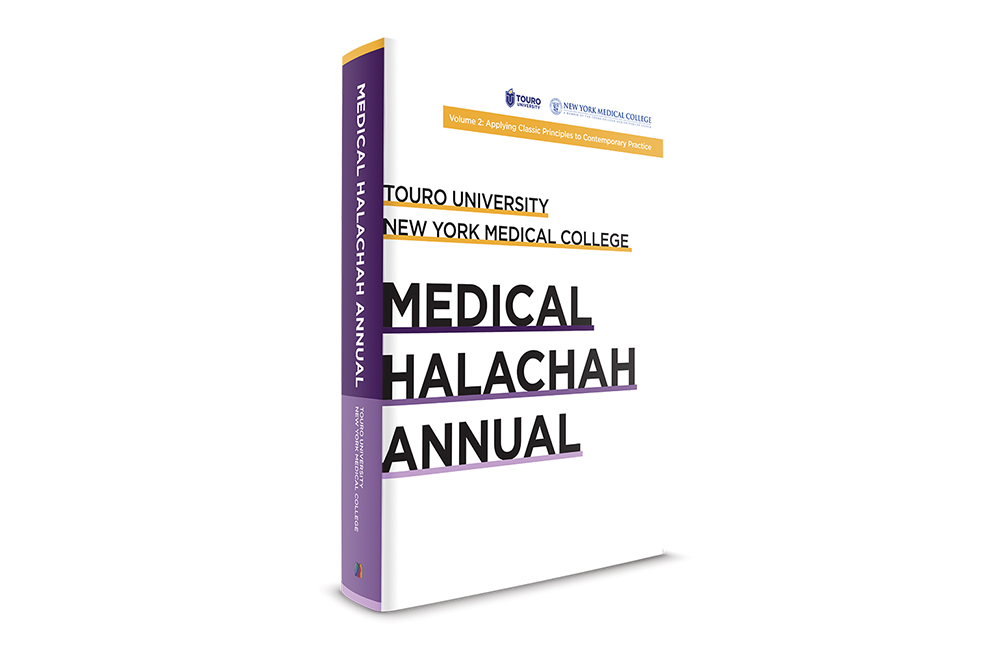There used to be a game show called “Let’s Make a Deal,” where the host told contestants to choose one of his many pockets. Some pockets had large amounts of money, some just a few dollars, and others might just have a paper clip. This week is the second yahrzeit of Rabbi Mordechai Rindenow zt”l, a rebbe in our yeshiva and a very close mentor to many people. He would often reach into his pocket for money and then say, “The right pocket is for this tzedaka fund, the left pocket for that tzedaka fund…” The back pocket, the inside pocket, the jacket pocket … he ran out of pockets! Finally, he figured out which pocket was his own personal money. He raised money for so many causes. He took upon himself to pay the tuition of countless boys and girls at yeshiva and seminary in Eretz Yisrael.
A friend of mine who has a gemach, free loan fund, told me that Rabbi Rindenow borrowed money many times personally to lend to those in need. I know of a time that he borrowed money to help pay the rent for a family to live in a more Jewish neighborhood.
Money was not a concern for him, except to the extent that he needed it to help others after he paid his own bills. He worked as a psychotherapist. He performed many therapy sessions without charge if the individual couldn’t afford it. He recognized that money came directly from Hashem. He lived with the feeling that he was receiving mann (which Bnei Yisrael received as food in the desert after being led from Mitzrayim). He felt that Hashem will make the “mann” fall, both taking care of him and allowing him to give to help others. He saw many times how Hashem was directly involved in providing his livelihood.
Parshas Beshalach is the parsha which talks about the mann that Hashem gifted the Bnei Yisrael in the desert for 40 years. Hashem instructed Moshe to fill a flask of mann and save it for generations, so people would remember that Hashem is the one who provides our livelihood. That message is clear from the mann itself, but why place the mann inside a flask? What is the significance of the container?
I would like to present an explanation from the great-grandfather of Rabbi Rindenow, Rav Nachum of Chernobyl, known as the Meor Einayim. He explains that mann is food delivered directly from Hashem. The Gemara says there are three areas that Hashem handles personally: children, life itself and livelihood. When Hashem delivered the mann while the Bnei Yisrael were in the desert, the mann fell on the ground, with a layer of dew on top and underneath to protect it. After our 40 years of receiving mann directly from Hashem, He started delivering our food less directly, through various mediums. Nonetheless, it’s still Hashem who gives us our sustenance.
The flask was a message for future generations: There will be a vehicle for our livelihood, but we still need to recognize that Hashem is the one delivering the sustenance within that vehicle.
Another special aspect of Rabbi Rindenow was his incredible hospitality. Both Rabbi and Rebbetzin Rindenow filled their home with guests for both lodging and meals. Rabbi Rindenow’s hospitality extended beyond his home. He would offer people who came to the shul a cup of coffee and a pastry. Every Shabbos after davening, he would host a Shabbos tish and personally fill up bowls of cholent for each person. During the tish, amidst the delicious food, he would share inspiring and encouraging divrei Torah, along with stories about great tzaddikim.
The graciousness of Rabbi Rindenow exemplifies another lesson of the flask that contained the mann. Shlomo HaMelech said, “Don’t eat bread from a stingy person.” Why should it matter if the person giving the food is stingy? The Meor Einayim explains that the reason a stingy person is reluctant to give food to other people is because he doesn’t realize that when he gives to others, he is acting as a conduit for Hashem. When someone doesn’t realize his role, he doesn’t have the mitzvah of acting as a flask/conduit from Hashem. However, people who graciously give food and hospitality recognize that they are a channel for Hashem to provide sustenance to others.
On Shabbos, the mann did not fall. Bnei Yisrael received a double portion of mann on Friday, to last through Shabbos. Today we also don’t work on Shabbos, recognizing that Hashem has taken care of our needs sufficiently during the week to satiate us as well on Shabbos. Rabbi Rindenow’s pockets overflowed with sustenance for all. On Shabbos, let us stop and contemplate the overflowing goodness that Hashem sends us each day, via the many vehicles He uses to care for us, and look for opportunities to share it with others.
Rabbi Baruch Bodenheim is the associate rosh yeshiva of Passaic Torah Institute (PTI)/Yeshiva Ner Boruch, where he leads a multi-level Gemara learning program. PTI has attracted adult Jews of all ages from all over northern New Jersey for its learning programs. Fees are not charged, but contributions are always welcome. Rabbi Bodenheim can be reached at [email protected]. For more info about PTI and its Torah classes, visit www.pti.shulcloud.com.












